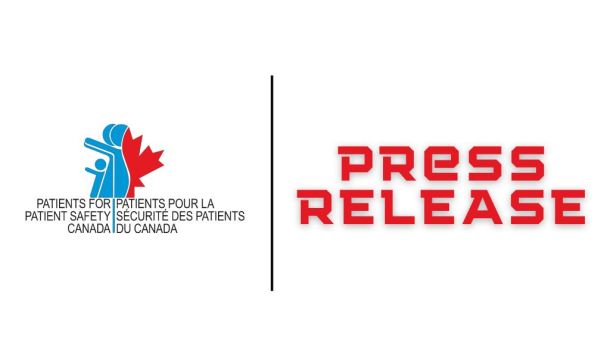Diagnosing a health issue is complex. Make sure you have the right pieces of the puzzle.

The diagnosis of a patient’s health problem is like a puzzle. All the pieces in the puzzle should join and give a clear picture of your health. More important, it should show you if you have any health issues that need care.
Unlike a puzzle, diagnosis is not always as easy to piece together.
There are many pieces of a person’s health and diagnosis puzzle which includes:
- health history: physical and mental health or well-being, medical issues, quality of life, and family supports
- signs and symptoms related to a specific health problem
- results of a physical exam or check-up, and different tests (blood, x-rays, scans, etc.)
- other concerns or strange things that appear or are felt
How to make sure the puzzle pieces line up
What can you do to make sure all of the pieces of the puzzle are the right ones and join to make a clear diagnosis? How can you prevent or check for missed pieces to the puzzle, or ones that can mislead your diagnosis?
Try TALK, LISTEN & ASK…
- Talk – share your complete story, be honest, and have an open one-to-one talk with your care provider.
- Listen – listen to what your care provider says and ensure you clearly understand what is being said or asked of you.
- Ask questions and seek answers that help you understand; Ask what you can or need to do; Ask for other materials to read and view.
Getting the right follow-up care can only happen if and when all the pieces of the puzzle join and give a complete picture of what the health problem is or could be.
Engage in conversations about safe diagnosis with us and others. Use #WPSD2024 and #patients4safety to unite and elevate our collective voices. Contact hello@patients4safety.ca if you have ideas, questions, or feedback.


